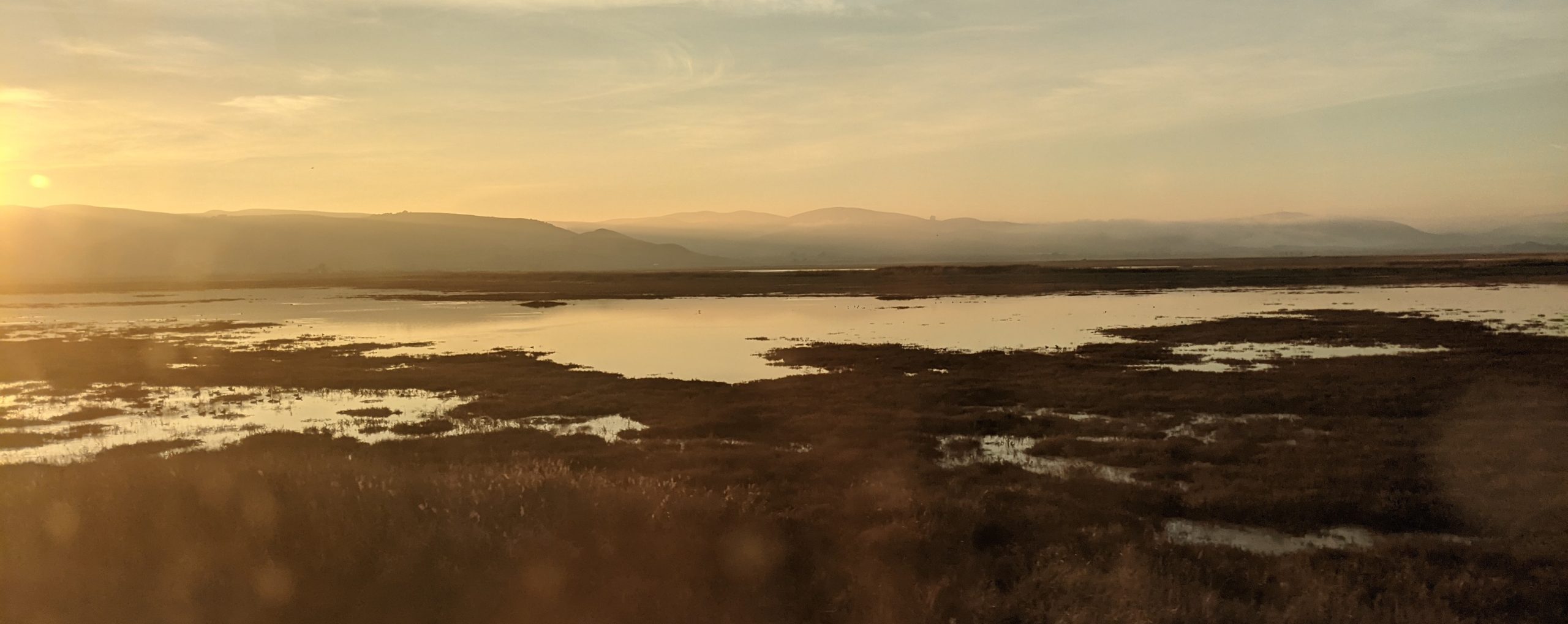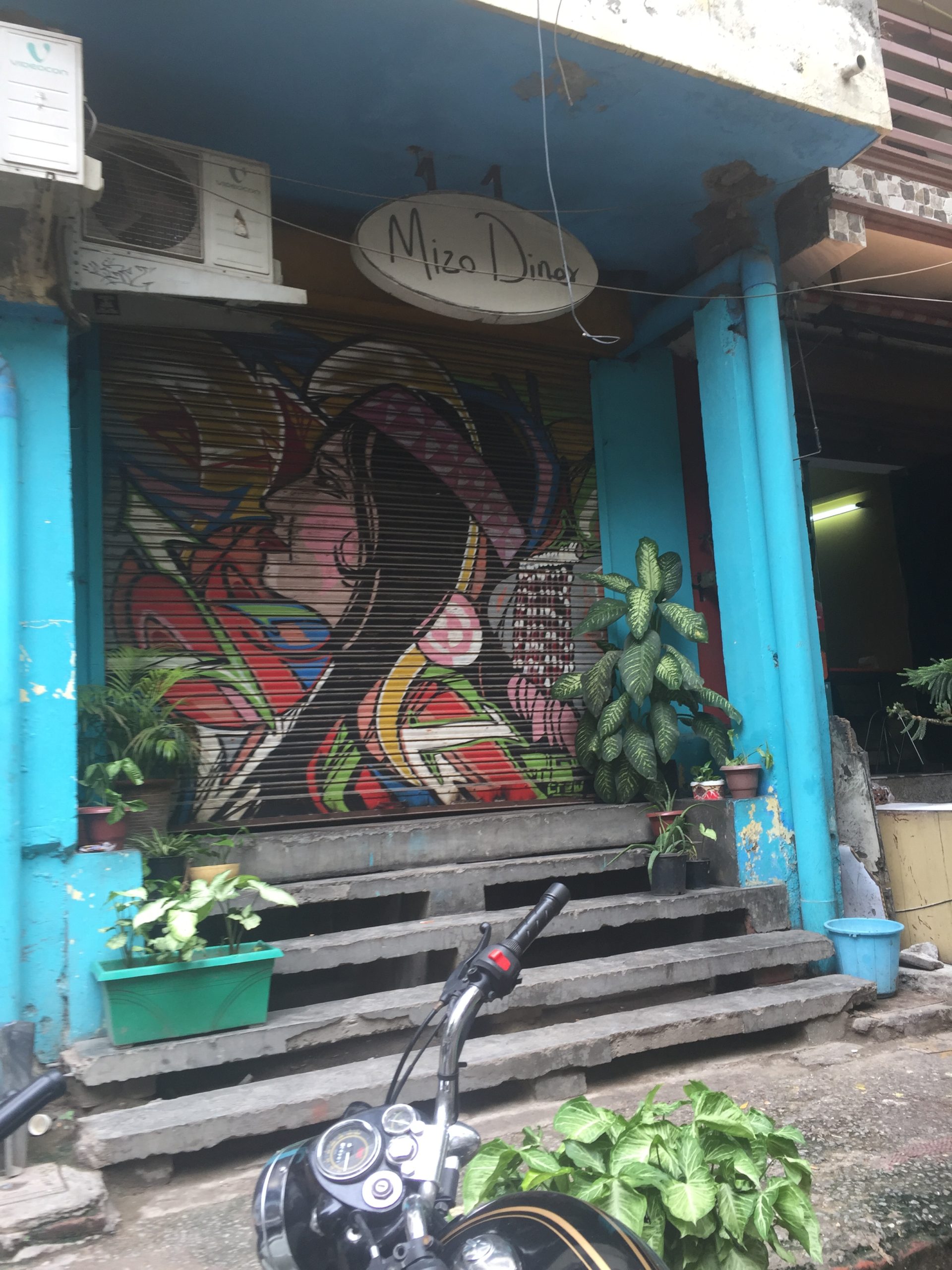I am in awe of Delhi’s monuments. I was always aware if the privilege I had of living there, that for the change in my pocket you can get on the metro (itself amazing) and end up at buildings from every century of the last thousand years. Delhi reminds me of the ocean. When you think you have a grasp on it, more surfaces, an endless and ever-changing array of history and people. But the thing I loved most was my neighbourhood, Safdarjung Enclave/Humayunpur.
The neighbourhood is in South Delhi, between the newly-built pink line to the north, and the Deer Park to the south. The Yellow line is five minutes drive through the upscale (French bakery and all) and suburban-feeling Green Park market. Often, I enjoyed the comforts of Green Park; when I was in a less charitable mood, I described it as sterile.
Humayunpur isn’t like Green Park. It’s described on road signs as an urban village, a self-contained neighbourhood that never sleeps. Half of it is inaccessible by cars; autos turn around, frustrated, as thru-ways turn into footpaths or dead ends. It is a labyrinth of parks, pharmacies, crossed electrical lines, clothing stores, and the best speciality restaurants in Delhi. Do you want authentic Korean food? We have four restaurants. Do you want the latest fashions from East Asia, for cheap? You can probably find it in the boutique stores. A purple wig, pomegranate chocolates, holiday decorations, high-end coats next to street food. Humayunpur has the world.
I first came to the neighbourhood to look at an apartment with blood on the floor. I ran from the shady realtors as they chased me on their motorcycle, laughing through the markets. I stopped in a place they couldn’t follow. I realised then that I wanted to live here.

Humayunpur is the alivest place I’ve ever known. When I read Jane Jacobs’ discussions of the eyes on the street and the city as a symphony, I immediately thought of this. People are out, day and night, winter and summer and monsoon. Children play cricket in the streets; families dance with drums after weddings. You can hear club or classical music coming from houses with open doors. People on bikes and motorcycles deftly avoid passerby. Old women in saris walk over puddles next to young women in shorts. Men in suits eat street food. Couples fill milk from stands into bottles brought from home. I walked through this neighbourhood hundreds of times, and every day there was something new.
Most people outside Humayunpur know it for being a village of migrants from North East India. I have a separate post specifically about this, and understanding this is vital to understanding the neighbourhood in more depth (it started as part of this post, but got too serious, long, and unwieldly – it’s still undergoing research and revision). Here is an excerpt of how this was positive for me:
“This was the first time since I was six where I was living near a lot of people who looked like me, where I could walk down the street and feel completely invisible, like I belonged. It was marvellous to be able to blend in and go to the Asian grocery stores and the family-run clothing stores with small children running around and the restaurants with familiar flavours and know exactly what I was looking for. When I was sad my first few months in Delhi, I kept going back to Mizo Diner, which has noodles that taste exactly like my Gung-gung makes. It was odd: I was very far from home, and I didn’t belong to any of these cultures, but at least on some aesthetic and superficial level, I felt more comfortable in my own skin than I ever have.”
At the same time, which I go into more in the other piece, I learned about the struggles North East Indians face in Delhi: Humayunpur may be somewhat of a haven from this, but things seep through a permeable membrane. It’s still Delhi, after all.

Overall, Safdarjung/Humayunpur is amazing. It’s a lively place with a mishmash of a ton of different Indian and East Asian cultures. It’s a safe neighbourhood for women, and most of all, it’s a joyful place. I can’t wait for the next time I can eat aloo tikki at the corner by the park, or momos in one of a thousand restaurants, or say hi to the street dogs in sweatshirts. I hope that soon, it will be safe for children to play on the streets and the parks again, and for grocery stores to sell loose snacks and sweets, and for autowallahs to resume business with their regular customers.
A year after I moved there, I saw a gate I’d never seen before. Behind it there was a grassy tunnel, and a small girl, who I might’ve imagined, disappeared into the fog. There is so much more left to discover.

